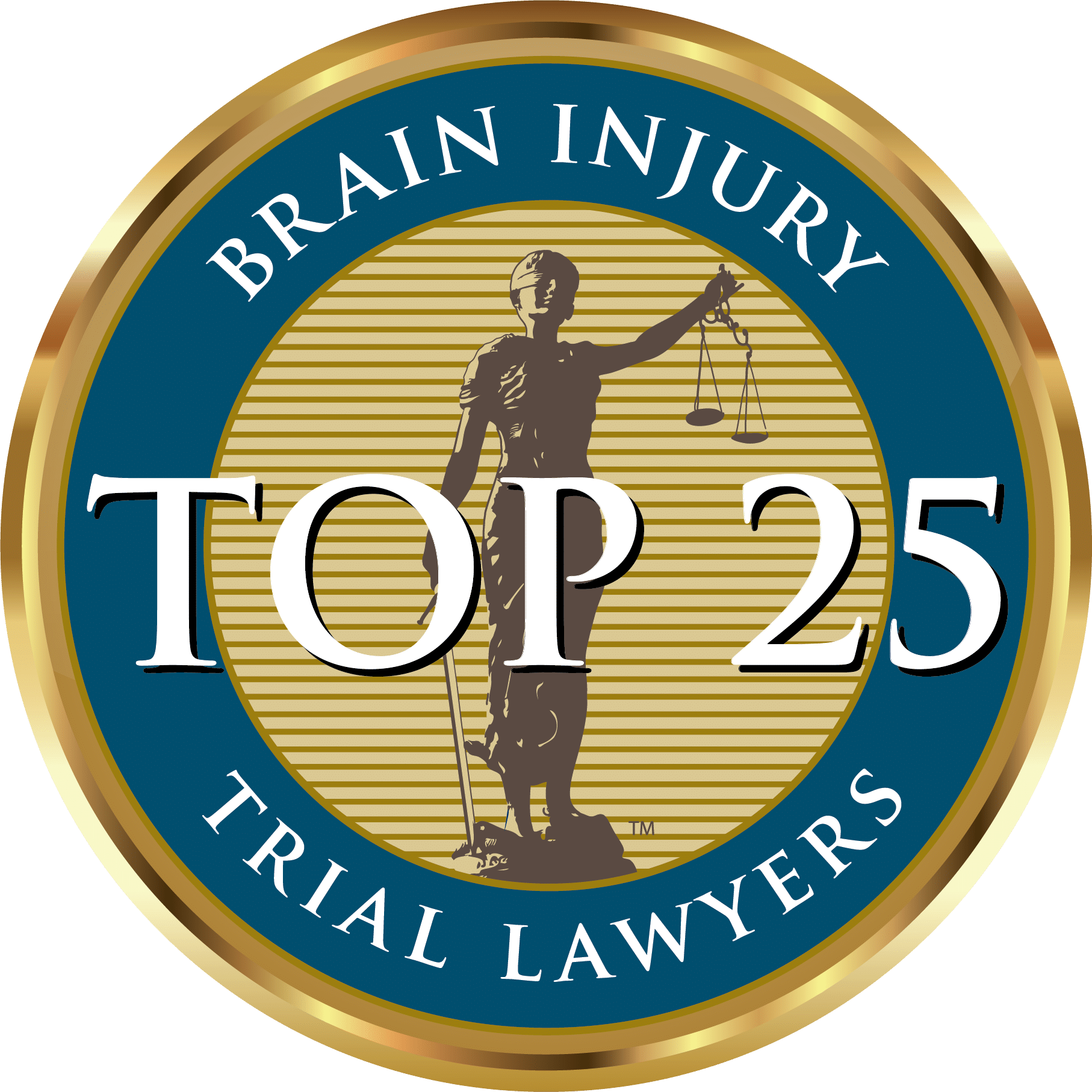Concussions in Youth
A concussion is a mild brain injury with potentially serious consequences if reinjury occurs or a period of mental and physical rest is not observed. Recovery from a concussion requires patience after returning to school and resuming mental tasks. While most concussions resolve within ten days, recovery time can take several weeks in some cases.
The American Academy of Pediatrics estimates 1.1 to 1.9 million sports-related concussions occur every year in youth sports, resulting in 377,978 office visits and up to 166,929 emergency visits. According to the Cleveland Clinic, vehicle accidents, falls, and sports injuries are common causes of concussions.
What is a concussion?
The Centers for Disease Control and Prevention defines a concussion as an injury to the brain that impacts the way it functions. It occurs as a result of a sudden jolt that may or may not result in unconsciousness.
The jolt can be a blow to the head or a sudden shaking motion, such as in car accidents. A concussion occurs when the brain moves inside the skull, hits the skull, and becomes injured. According to the Mayo Clinic, falling is the most common cause of concussions.
Traumatic Brain Injuries in Youths
Although a concussion is described as a mild brain injury, all brain injuries should be taken seriously, including concussions. Children and youths respond differently to brain injuries than adults. Traumatic brain injuries are the leading cause of death and disability in children, according to the Japan Neurological Society.
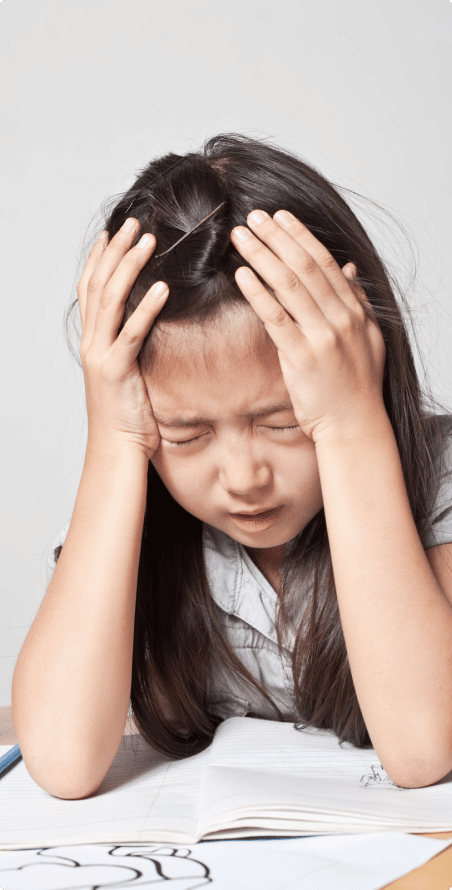
Types of Traumatic Brain Injuries
According to the Cleveland Clinic, concussions are the most common type of brain injury, accounting for approximately 75 percent of all traumatic brain injuries in a given year. If the trauma leading to injury results in unconsciousness that lasts 30 minutes or longer, the injury is classified as more severe than a concussion.
Level of Severity
If the loss of consciousness lasts longer than 30 minutes but less than a day with associated changes on the head CT or brain MRI, the injury is a moderate traumatic brain injury.
It becomes a severe traumatic brain injury if the loss of consciousness lasts longer than a day and there are associated changes on imaging tests.
Complicated or Uncomplicated
If imaging tests yield results that do not show changes, the traumatic brain injury is considered uncomplicated. A complicated traumatic brain injury is accompanied by changes, such as bleeding in the brain.
Closed or Open
A closed traumatic brain injury is swelling of the brain caused by a jolt or blow without associated penetration of the skull. In an open or penetrating traumatic brain injury, a foreign object has pierced the skull, such as a weapon or bone fragment from a broken skull.
Nontraumatic Brain Injuries
A nontraumatic brain injury occurs from something other than a blow or a jolt, such as a loss of oxygen to the brain. This may occur in cases of drowning.
Signs and Symptoms of a Concussion
If you witness your child experience an accident that results in a sudden impact, such as a fall or a car accident, it is wise to suspect a concussion and watch for the signs.
According to the Mayo Clinic, even if you are unaware of such an incident, the following are telltale signs of a concussion:
- Headache
- Nausea and/or vomiting
- Drowsiness
- Temporary loss of consciousness (though this doesn’t always occur)
- Slurred speech
- Delayed response to questions
- Dazed appearance
- Repeatedly asking the same question
In small children, you may observe the following:
- A dazed appearance
- Irritability
- Loss of balance
- Excessive crying
- Vomiting
- Seizures
What should I do if I think my child has a concussion?
If you suspect your child has a concussion, seek immediate medical treatment. The severity of traumatic brain injuries is not always immediately apparent, and a prompt medical evaluation may prevent a worsening condition. After you return home, the Mayo Clinic recommends the following:
- Require your child to take a break from all physical and mental activities that need a lot of concentration.
- When your child is ready to return to school, advise the school that they may need a lighter load during recovery.
- Do not allow your child to return to sports or other physical activities until approved by a doctor.
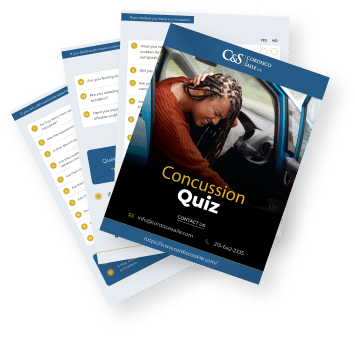
How are concussions diagnosed?
Your doctor will perform an examination and ask questions about the injury. They may perform some or all of the following based on their findings:
- Examination of balance, coordination, and reflexes
- An assessment of your child’s hearing and vision
- Testing of your child’s strength and sensation
- Assessments of your child’s thinking skills, such as memory and concentration
- Imaging tests
The doctor will most likely perform imaging tests if your child experiences severe symptoms, such as seizures or vomiting, especially if these symptoms worsen. If imaging tests are necessary, MRIs are more favorable for children due to reduced radiation exposure. However, a CT scan may be ordered in certain cases.

Physical Symptoms
Your child may experience the following physical symptoms after experiencing a concussion:
- Nausea and vomiting
- Seizures
- Loss of consciousness
- One pupil larger than the other
- Slurred speech
- Extreme drowsiness
- Headache or head pressure
- Dizziness
- Impaired balance
- Double visions
- Fatigue
- Inability to awaken
- Sleep issues
Cognitive symptoms
Until the brain heals, your child may experience the following cognitive difficulties, even after returning to school:
- Difficulty concentrating
- Memory issues
- Confusion
- Slower thinking
- Delayed response to others
Emotional symptoms
Emotional symptoms following a concussion may be caused by the concussion itself or by your child’s response to the symptoms of the concussion. According to the Brain Injury Association of America, your child may experience the following emotional symptoms:
- Mood swings
- Anxiety
- Depression
- Lack of motivation
- Restlessness
- Difficulty controlling emotions
Signs and Symptoms in Infants and Toddlers
Concussions can be harder to recognize in infants and toddlers. The Benioff Children’s Hospital at the University of California in San Francisco has observed the following concussion symptoms in these age groups:
- Irritability
- Excessive crying
- Behavioral changes
- Loss of interest in activities usually enjoyed
- Blank expressions
- Increased crying when moving the child’s head
- Loss of motor skills
- Sensitivity to light, sound, or touch
- Loss of appetite
- Changes in sleep
- Drowsiness
- Difficulty concentrating
- Confusion
- Memory issues
- Inability to answer questions
Severe Symptoms That Indicate a Cause for Concern
If you observe the following symptoms in your baby or toddler, you have a medical emergency, especially if the symptoms worsen:
- Large bump or swelling on the head
- Blood or fluid from the ears or nose
- Robotic motions that may be seizures
- Eyes to one side
- Inability to wake up
- Persistent vomiting
- Corresponding neck injuries
- Head pain
- Convulsions
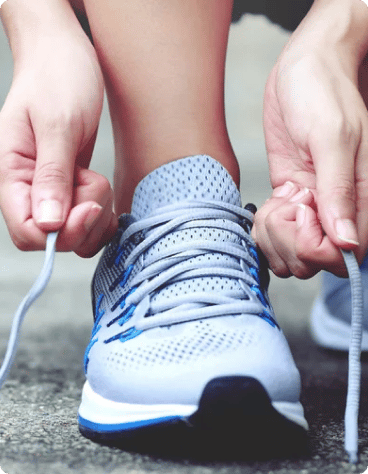
Concussions and Sports
Brain injury is the leading cause of sports injury deaths, according to Stanford Children’s Hospital. Sports injuries account for 21 percent of traumatic brain injuries. Nearly 50 percent of sports-related injuries occur during bicycling, skateboarding, and skating events.
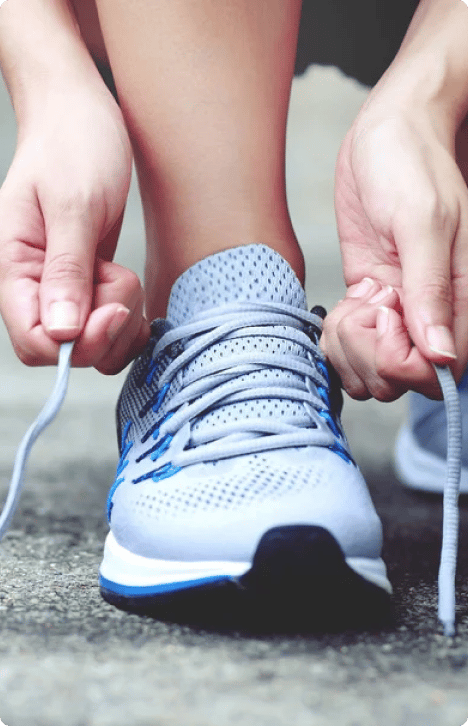
Cycling
Approximately 85 percent of bicycle accident fatalities due to head injuries could be prevented by wearing a helmet, according to Injury Epidemiology. However, helmet use remains low. A study published in the Journal of Surgical Research found that helmets do not protect against concussions, but they do prevent more severe head injuries.
Football
Football is a contact sport, and the players in the middle of the conflicts are most likely to be hurt. According to the CDC, 49 percent of concussions occur during running plays, and 63 percent happen during tackling. Linebackers and running backs sustain the highest number of concussions.
Prevention could include limiting contact during practice and expanding noncontact programs.
Basketball
High school girl basketball players have higher rates of concussion than their male counterparts. The majority of concussions sustained by basketball players of both genders occur during contact with another player.
The best preventive measures are enforcing the rules of fair play and training players to avoid unsafe maneuvers.
Baseball/Softball
Baseball is the sport with the highest fatality rate among children ages 5 to 14, with approximately 3 to 4 fatalities annually.
Approximately 26 percent of concussions occur when players are hit by pitched balls, and another 26 percent occur when players in the outfield are hit by balls. The best preventive measure is to require players to wear batting helmets.
Soccer
Heading (hitting the ball with the head) is a major concern in soccer and is responsible for 31 percent of concussions among girls and 28 percent among boys. Concussions in soccer are more common among girls.
According to US Soccer recommendations, players younger than 10 should not be allowed to head, and players ages 11 to 13 should only be allowed to head during practice.
Lacrosse
Approximately 77 percent of concussions among boys who play lacrosse occur during contact with another player, most commonly while body-checking. Among girls, the most common cause is contact with the lacrosse stick.
Limiting contact during practice by restricting the time spent on scrimmages and full-speed drills could prevent some concussions.
Cheerleading
Most concussions during cheerleading occur during practice, with almost 91 percent occurring during toss or lift stunts. Nearly 45 percent of cheerleaders who sustain concussions lack a spotter. The CDC recommends cheer squads take the following preventive measures:
- Limit stunts during practice
- Always use spotters
- Perform stunts on soft surfaces in good condition
- Teach safe techniques
- Only attempt new stunts with proper instruction and coaching staff present
Hockey
Players are 13 times more likely to suffer concussions during competitions than during practice. Wingers face the highest risks. About one-third occur when a player is checked (attempting to use the body to separate a player from the puck).
The American Academy of Pediatrics recommends limiting body checking to only the most skilled players and to those who are ages 15 and older.
Combat Sports
In wrestling, takedowns are the most common actions that result in concussions. In boxing and martial arts, knockouts and technical knockouts are the most common causes, according to the British Journal of Sports Medicine.
Teaching proper takedown techniques and enforcing rules restricting head contact are the most effective preventive measures for these types of sports.
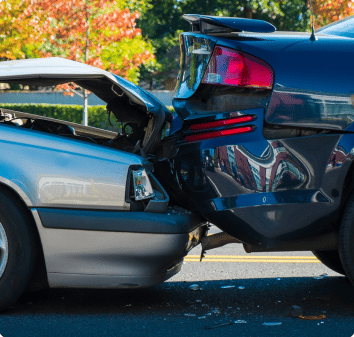
Brain Injuries and Car Accidents
During a car accident, the entire body, including the head, experiences strong forces with a high potential for concussions or more serious brain injuries. Concussions may happen during the following common car accident occurrences, according to Advantage Healthcare Systems:
- Striking a solid object in the vehicle
- Whiplash as a result of the head snapping forward, then backward while wearing a seat belt
- Being thrown from a vehicle
Most of these would cause closed head injuries, but striking an object or being thrown from the vehicle could cause an open head injury.
Children Under 10
Children under the age of 10 have larger heads in proportion to their bodies, weaker necks, and thinner skulls. As a result, children under 10 who are thrown from a car will almost certainly land on their heads.
They are also more predisposed to skull fractures and brain bleeds. Head injuries are the leading cause of death in children in car accidents. The most important protective measures for children in cars are as follows:
- Use the proper size car seat or booster seat. A 5-point restraint system is most effective.
- Drive safely and obey traffic laws.
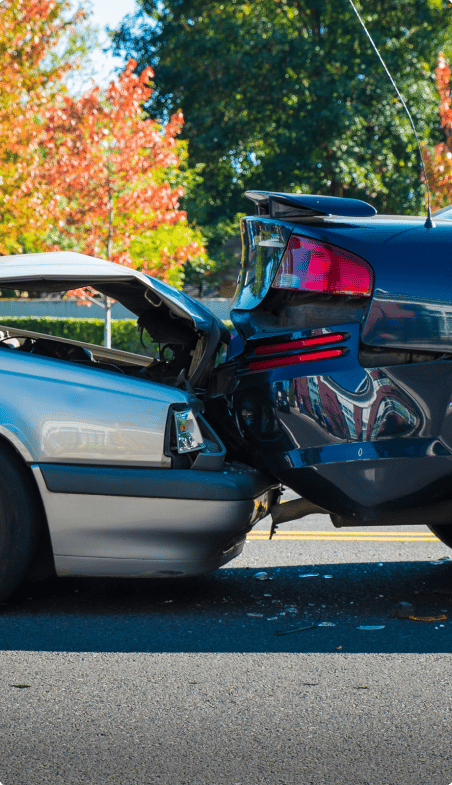
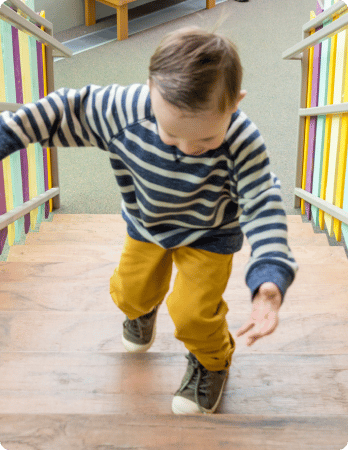
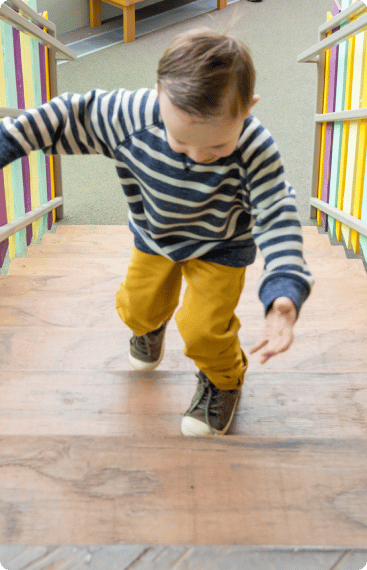
Falls and Head Injuries
Falls are the leading cause of traumatic brain injuries in children under 4, according to the National Center for Injury Prevention and Control. Effective childproofing is the most important means to protect against falls and head injuries in babies and toddlers.
- Use straps to secure heavy furniture, such as bookshelves, to the wall.
- Install padding on sharp corners.
- Install window guards on windows above the first floor.
- Use safety gates around stairs, avoiding accordion-type gates with large openings.
- Never leave babies unattended on top of any piece of furniture.
- Never leave a window open more than 5 inches.
- Use slip-resistant mats in bathtubs and surfaces that could become slippery.
- Secure area rugs to the floor using rubber padding or double-sided tape.
- Keep floors clutter-free.
- Ensure your child only plays on age-appropriate playground equipment with soft turf and supervision.
- Avoid the use of a baby walker.
Parents and caregivers should remember that children are naturally curious and will explore the world around them. They are not aware of the danger of falling, even down a flight of stairs. They are unsteady on their feet. Never assume a baby cannot roll off of furniture. There is always a first time.
Safety Tips/Prevention
Most head injuries are preventable with a small amount of safety preparedness.
- Require children and teens to wear helmets for dangerous activities, especially bicycling, skating, and skateboarding.
- Make sure your child’s helmet is the correct type for the activity and fits properly.
- Teach your children safety awareness with an emphasis on protecting themselves from head injuries.
- Be a role model. Children who see parents wear helmets and practice other safety precautions are more likely to adopt safe habits.
For Parents
If you suspect your child has a concussion, assess the situation and look for the signs and symptoms of concussions. If you are unsure, err on the side of caution and contact a health care professional or go to the nearest emergency room.
For Coaches
If a player shows signs of having a concussion, such as a dazed appearance, unusual clumsiness, loss of consciousness, or vomiting, remove the athlete from the activity immediately and notify the parents. Do not allow the athlete back into the game until you receive clearance from the player’s doctor.
Teachers and School Officials
The CDC recommends that teachers who are aware that a student has experienced a blow to the head or a rapid jolt should watch for the signs of a concussion and promptly notify the parents if the child exhibits changes in thinking or function.
Students returning to school after a concussion may need additional accommodations, such as the following:
- Rest breaks
- Less time at school
- More time to complete assignments
- Additional help with schoolwork
- Less time in tasks that involve reading, writing, and computer activities
Children are often frustrated with their difficulties and need patience and support while they recover.
Treatment
The primary treatment is mental and physical rest. Since concussions impact brain function, the brain needs rest to recover. This means limiting mental activities that require intense thinking and concentration, such as playing video games, watching TV, reading, doing schoolwork, and using a computer.
Limiting physical activities ensures the injury is not exacerbated. A second impact before an existing concussion has healed can result in brain swelling, brain damage, paralysis, or death. Even a minor blow to the head can cause this. This is unique to young people under the age of 21.
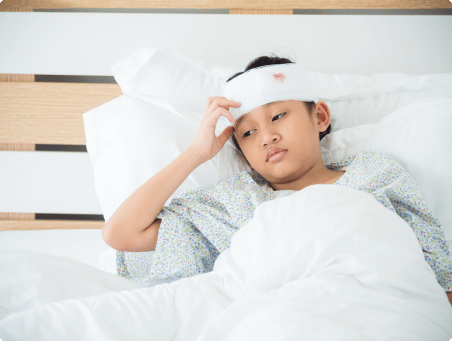
Recovery
The recovery process varies for every child. The average concussion recovery time is 7 to 10 days, according to the Premier Neurology and Wellness Center, but if your child develops post-concussive syndrome, it could take months to over a year.
Post-concussive syndrome occurs when three or more concussion symptoms linger. These cases typically resolve within three months and require additional rest. In any case, a return to normal activities should always be gradual.
Returning to School
Concussions affect memory and attention during the recovery period. Children returning to school may need such accommodations as the following, according to the Brain Injury Association of America:
- Additional time to complete work
- Extra breaks
- Allowing the student to record classroom instruction
- Clear oral and written directions
- Reduced emphasis on spelling and grammar
- Additional time to complete tasks
The child may be traumatized. This can add to the difficulties with concentration and performance. In addition, the child likely remembers how much easier schoolwork was before the injury, and this may be frustrating.
Most doctors recommend returning to school approximately 2 to 3 days after the most severe symptoms have disappeared, according to the CDC. Patience is necessary. The student will still have challenges, and all students recover at different rates.
Returning to Sports and Activities
A return to sports and physical activities should only be attempted after approval by the doctor. Even with medical clearance, it is important for your child to make a gradual transition back into sports. The CDC recommends the following 6-step procedure:
- Back to school
- Light aerobic activity
- Moderate activity
- Heavy, noncontact activity
- Practice and full contact
- Competition
If symptoms return upon the initiation of any step, the athlete should stop, rest, and start again with the previous step.
Long-Term Risks
A study by the Parkinson’s Foundation revealed that even a single concussion increases the risk of developing Parkinson’s disease or dementia later in life.
Increased Risk of Diagnosis After a Single Concussion
- Parkinson’s disease: 57 percent
- Dementia: 72 percent
- ADHD: 39 percent
- Mood and anxiety disorders: 72 percent
The risks of Parkinson’s disease and dementia increase with multiple concussions, according to the Parkinson’s Foundation.
CTE
Experts believe that multiple concussions and blows to the head cause the neurodegenerative disorder chronic traumatic encephalopathy (CTE). The condition can be officially diagnosed only after death.
A single concussion or even a few concussions have not been linked to cases of CTE. It requires multiple concussions combined with several sub-concussive blows.
Symptoms of CTE may include dementia, brain fog, personality changes, mood disorders, impulsivity, and aggression. It is a progressive condition. The symptoms vary for everyone. Researchers are not sure why these differences exist, but they believe it may be related to the region of the brain where CTE starts.
